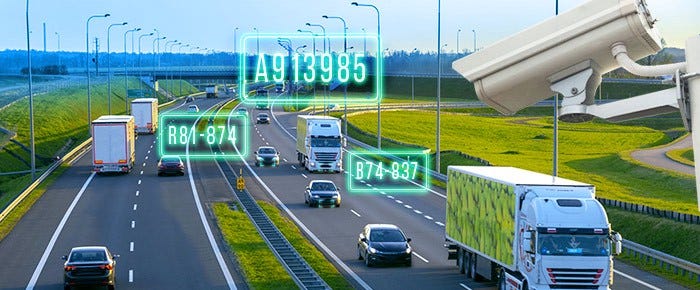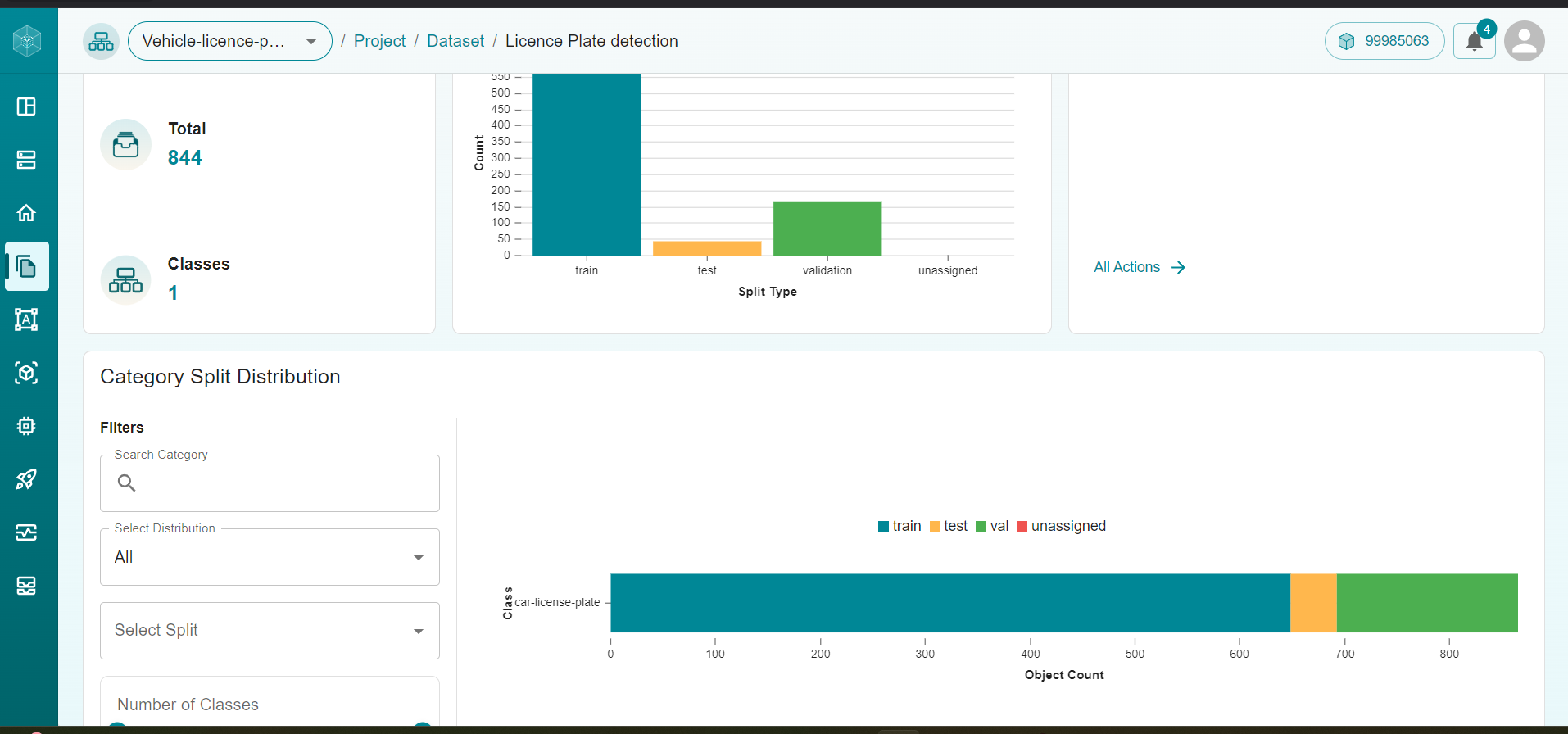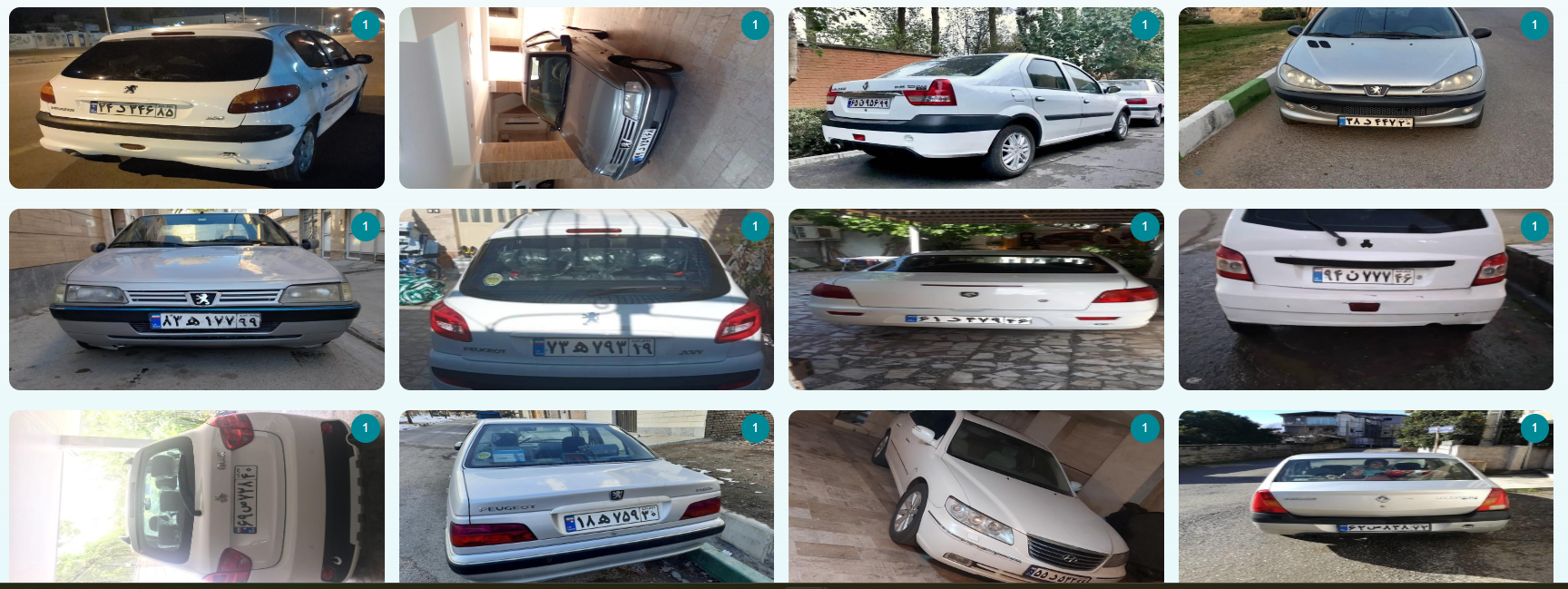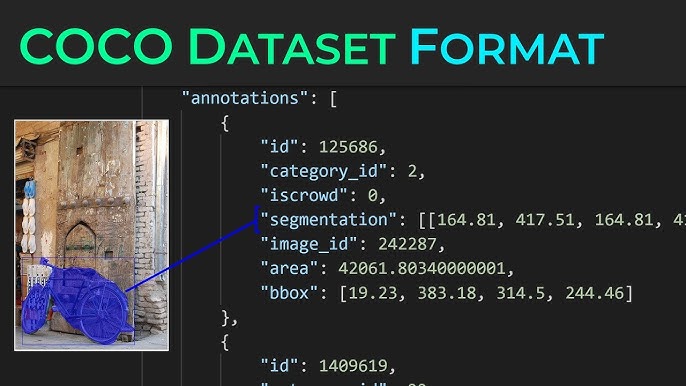Enhancing Traffic Monitoring with License Plate Detection on Matrice

Effective traffic monitoring and vehicle tracking are essential components of modern urban infrastructure. By leveraging advanced computer vision models for license plate detection, it becomes possible to automate processes such as tolling, parking management, and law enforcement monitoring.
Our application focuses on detecting and localizing car license plates in real-time using a dataset specifically curated for this purpose. By training a model on a dataset of images featuring car license plates, we aim to enable efficient and accurate detection in various real-world scenarios.
This blog will guide you through our approach, covering:
Dataset Preparation
Dataset Annotation
Model Training
Model Evaluation
Model Inference
Model Deployment
Dataset Preparation
The dataset for this project, available on Kaggle, consists of 844 images and includes only one category: car-license-plate. It is structured as follows:
Category Count: 1 (License Plate)
Data Items: 844 total
Training Set: 632 items
Validation Set: 169 items
Testing Set: 43 items
The dataset is split into training, validation, and test sets, following a roughly 70:20:10 ratio to ensure the model has sufficient data for learning, testing, and fine-tuning to generalize well on unseen examples.
For more details about the dataset, you can refer to the dataset source on Kaggle.


Dataset Annotation
The dataset is already annotated, with license plates labeled in each image. This saves significant time and allows us to move directly into model training without additional preprocessing.
Annotations are in a format compatible with our platform, ensuring a streamlined workflow from dataset preparation to model training.
We are using MSCOCO datset format which already takes care of the annotations.

Model Training
Our goal is to train an object detection model capable of accurately identifying and localizing license plates. For this purpose, we experimented with different versions of the YOLO model, adjusting hyperparameters such as batch size and learning rate to achieve optimal performance.
The chosen model and configurations are as follows:
Batch Size: 4
Epochs: 100
Learning Rate (lr): 0.001
Optimizer: auto
Momentum: 0.95
Weight Decay: 0.0005
Performance Metrics
The final model will be evaluated on both the validation and test sets. Performance metrics will include precision, recall, and other relevant indicators.
Category |
Precision |
Recall |
||
|---|---|---|---|---|
Validation |
Test |
Validation |
Test |
|
all |
0.998 |
0.991 |
0.994 |
0.954 |
license-plate |
0.998 |
0.991 |
0.994 |
0.954 |


Model Performance by Category:
This chart will visualize the performance of the model on the license plate category, helping assess accuracy across the validation and test sets.

Model Inference
A unique feature of our platform is the ability to export trained models to a variety of formats. For this use case, the model can be exported from PyTorch (.pt) format to formats like ONNX, TensorRT, and OpenVINO. This is particularly valuable for on-the-edge deployments, such as roadside cameras, where processing power may be limited.
By offering flexibility in model format, we ensure that models can be deployed in real-time settings without requiring extensive computational resources.
Model Deployment
Once the model is trained and optimized, deploying it is seamless with Matrice. Our platform supports real-time inference and allows integration via APIs for use in applications such as parking management, tolling systems, and smart city infrastructure.
You can use our pre-built API integration code for various programming languages, making it easy to embed license plate detection functionality into web services, mobile apps, or custom applications.
Conclusion
With the help of our platform, license plate detection can become an automated, scalable, and efficient process, enhancing urban monitoring and enforcement capabilities. By following this blog, you can replicate this use case or explore additional applications for computer vision in smart city development.
Stay tuned as we continue to refine our model and share the final performance metrics.
Think CV, Think Matrice
Experience 40% faster deployment and slash development costs by 80%